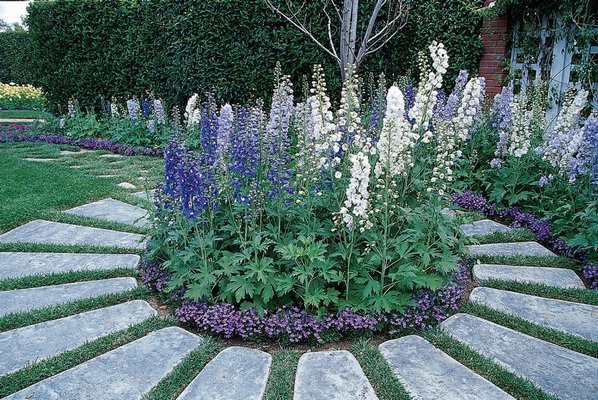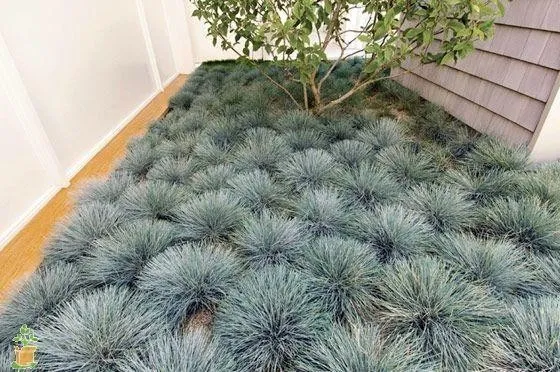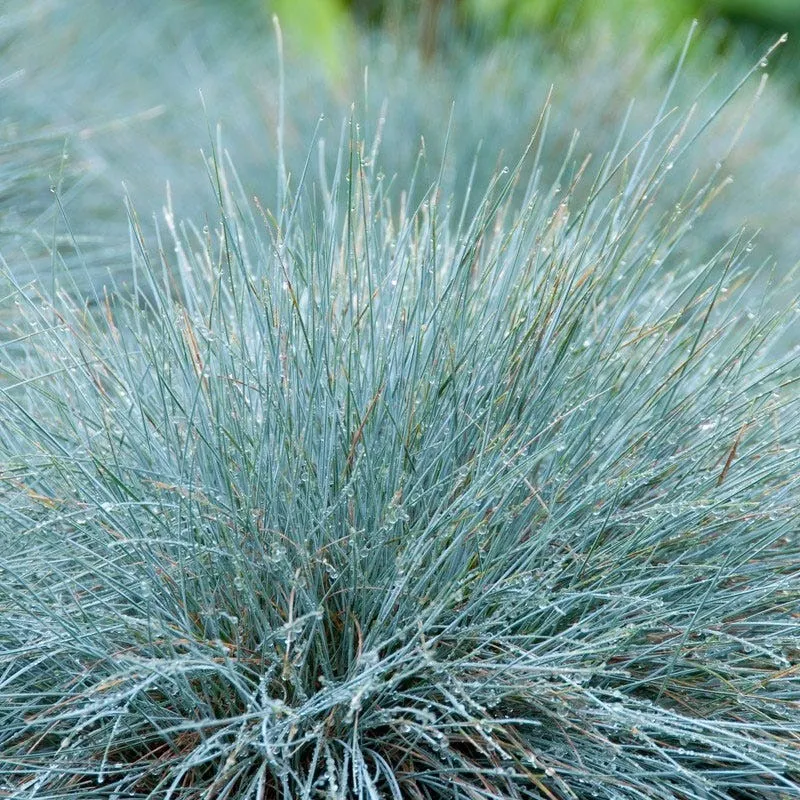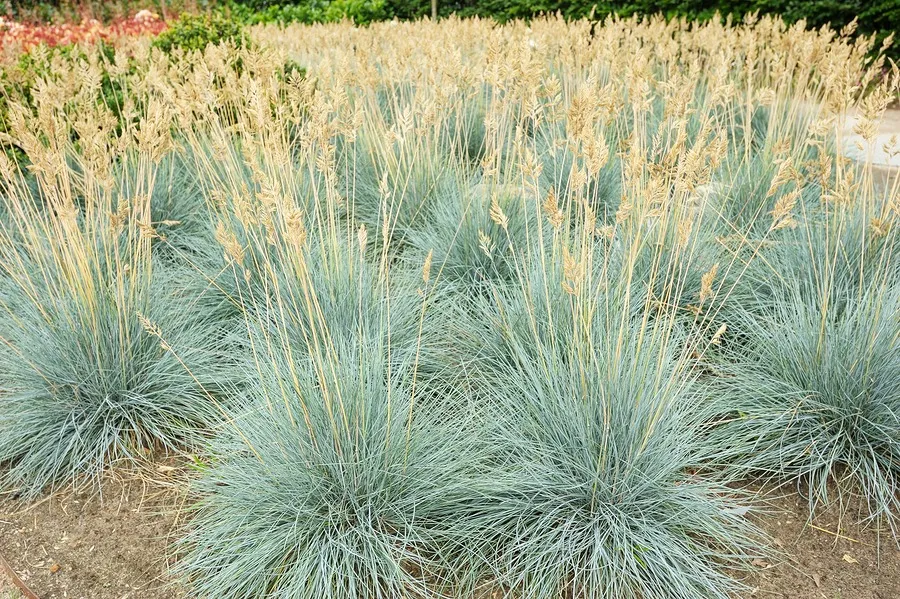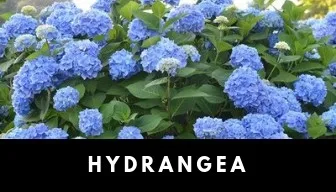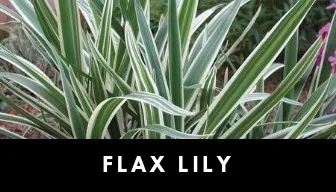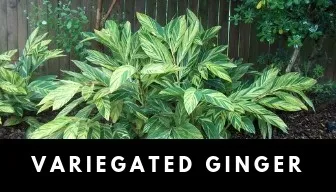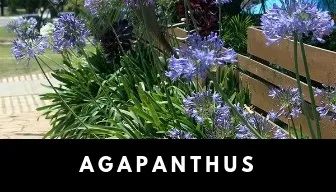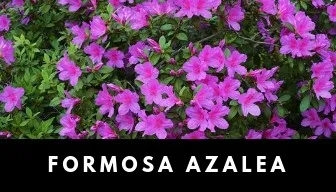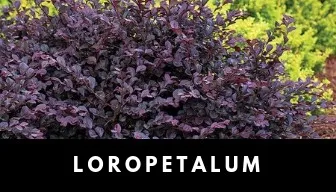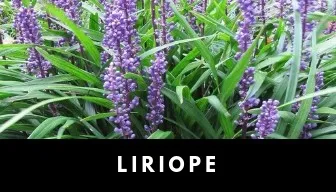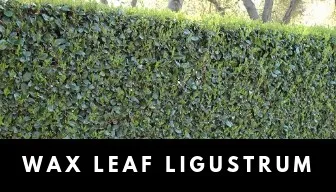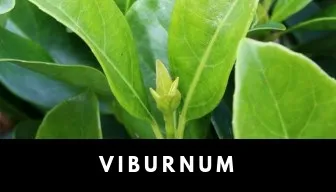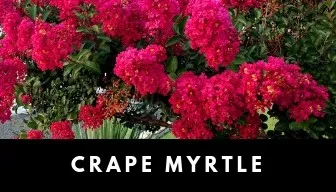In this video, we go over 3 types of Gainesville Landscape Plants we are using in Annual beds this spring to add seasonal color. The flowers are Dwarf Penta (actually a perennial - but we use as an annual), Angelonia, and Helenium - all with varying colors. Some are great for bringing butterflies to your Gainesville garden and other pollinators as well (as you can see from the bumble bee in the video!)
Penta Tips:
- Pentas are available in traditional and dwarf varieties. The traditional varieties can reach 2 – 3 feet in height and get a little sprawling, while dwarf varieties stay compact and top out around 12 – 15 inches. Read tags carefully and choose the variety best for your location.
- Pentas are fairly easy to grow, but do require regular deadheading to look their best and flower well.
- Grow pentas in full to part sun, and provide regular water especially as they establish. They grow well both in the ground and in containers.
- You’ll find pentas in reds, pinks, purples, and white. All shades are attractive to butterflies, though many report that red is the most popular, and is also known to attract hummingbirds too.
Angelonia Tips:
- Angelonia plants grow about 18 inches tall, and some people think the fragrant foliage smells like apples.
- The flowers bloom on upright spikes at the tips of the main stems. Species flowers are bluish-purple and cultivars are available in white, blue, light pink and bicolors.
- Angelonia flowers don’t need deadheading to produce a continuous display of blossoms. Use Angelonia as an annual bedding plant in borders or plant them in masses where they make a striking display. They also grow well in pots and window boxes. They make good cut flowers, and the foliage retains its fragrance indoors
Helenium Tips:
- This sun-loving, low-maintenance perennials are a cinch to grow and will flower reliably. Occasionally called sneezeweed.
- Helenium can grow tall and has dwarf varieties that produce pretty orange, red, yellow or bi-colored flowers that look great in the garden and in fresh-cut bouquets.
- Birds and butterflies also enjoy helenium for its late-season bounty of pollen and nectar.
- Helenium is drought and disease resistant, as well as deer resistant.


